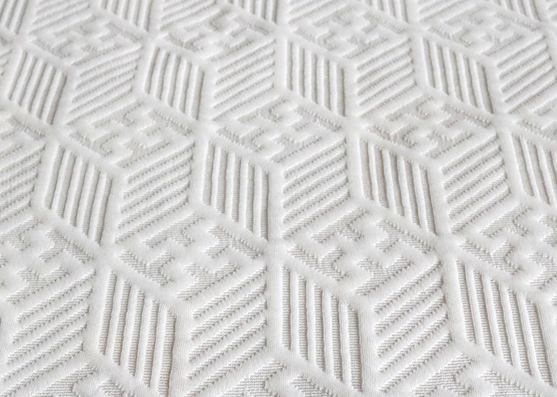A woven or knit textile, ticking is the final, outer cover of a mattress. While it was originally designed in the blue and white stripe commonly known by the name today, ticking comes in a range of shades, styles and materials. Today, there is an increasing consumer demand for a variety of colors and patterns on the borders and trim of mattresses as well as foundations. Mattresses and box springs are now seen as an extension of the furniture in the room, which should reflect the style of the consumer.
How Has Ticking Changed?
In the past, a mattress was likely made of only one outer fabric. Today, ticking has expanded in sophistication, and it isn’t unusual to find a mattress made with three or four fabrics, perhaps a border with a coordinating trim and a gusset with another decorative trim.
Although crisp whites and neutral tones are still on trend, not all ticking fabrics are shades of white and light gray. The muted tones of the past have given way to bold, colorful options that tell the story of the brand and the consumer.
Aside from changing looks, ticking has evolved in its purpose. Originally, ticking fabric simply prevented down feathers from sticking out of a mattress. Today, ticking is designed to increase the durability and longevity of a mattress, as well as increase comfort and overall health in sleep.
Technology
Technological advances allow ticking to provide temperature control, offer antimicrobial features and deliver even greater comfort. Through the use of state-of-the-art manufacturing in circular knitting machines and textile innovation, we influence the industry trends.
